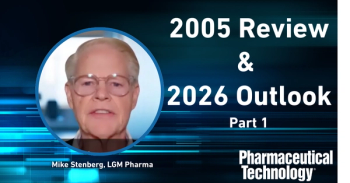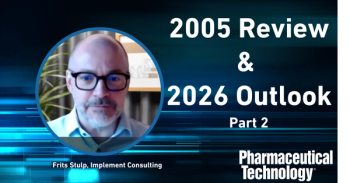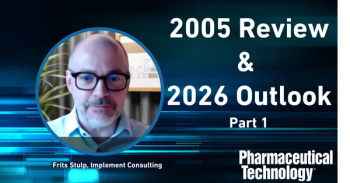
Equipment and Processing Report
- Equipment and Processing Report-11-15-2017
- Volume 10
- Issue 12
FDA Commissioner Says Packaging Innovations Can Help Address Opioid Crisis
FDA announced a public workshop to explore strategies for addressing the crisis of opioid addiction through innovations in packaging, storage, and disposal.
FDA Commissioner Scott Gottlieb, MD, said that reducing the overall exposure to opioid drugs is a crucial part of preventing addiction, and that FDA is exploring further how opioid drug products are packaged, stored, and disposed of. “The FDA is committed to exploring our existing authorities to find new and impactful ways of regulating these product features to improve patient safety,” said Gottleib, in an Oct. 30, 2017
He noted that FDA is considering solutions: “For example, it’s possible that a defined, short-term supply of medication could be packaged in a manner that limits the number of pills dispensed. This might be achieved, for example, through a blister pack that has a defined duration of use that might be for only a limited number of doses. Other packaging innovations could make it easier to track the number of doses that have been taken. Still other options could work to improve storage and encourage prompt disposal to reduce the available supply and reduce the risk for third-party access, such as a child accidentally ingesting pills they found in a medicine cabinet. There are also technologies that could allow health care providers, pharmacists, or family members to monitor patient use of prescription opioids.”
Gottlieb said that the Opioid Policy Steering Committee, established in May 2017, is considering what steps the agency should take regarding opioid prescription packaging, and an internal task force is conducting additional research to inform the agency’s policies and decision-making. FDA participated in a
The workshop, “Packaging, Storage, and Disposal Options To Enhance Opioid Safety-Exploring the Path Forward” will, said Gottlieb in the statement: “advance this issue by working with a broad set of federal, state, and other stakeholders who are also addressing the challenges of balancing pain management with the critical need to address the opioid epidemic. Our goals at this scientific workshop encompass three key areas. First, we need to define the specific problems that these types of packaging and disposal solutions can help address. Second, we want to more clearly define the guiding principles that the scientific community should consider in designing product features that achieve these possible solutions. Finally, we’ll better define the types of data needed in order to evaluate how these solutions are working.”
Comments may also be
Source:
Articles in this issue
about 8 years ago
Improving Sustainability in Pharma ManufacturingNewsletter
Get the essential updates shaping the future of pharma manufacturing and compliance—subscribe today to Pharmaceutical Technology and never miss a breakthrough.




